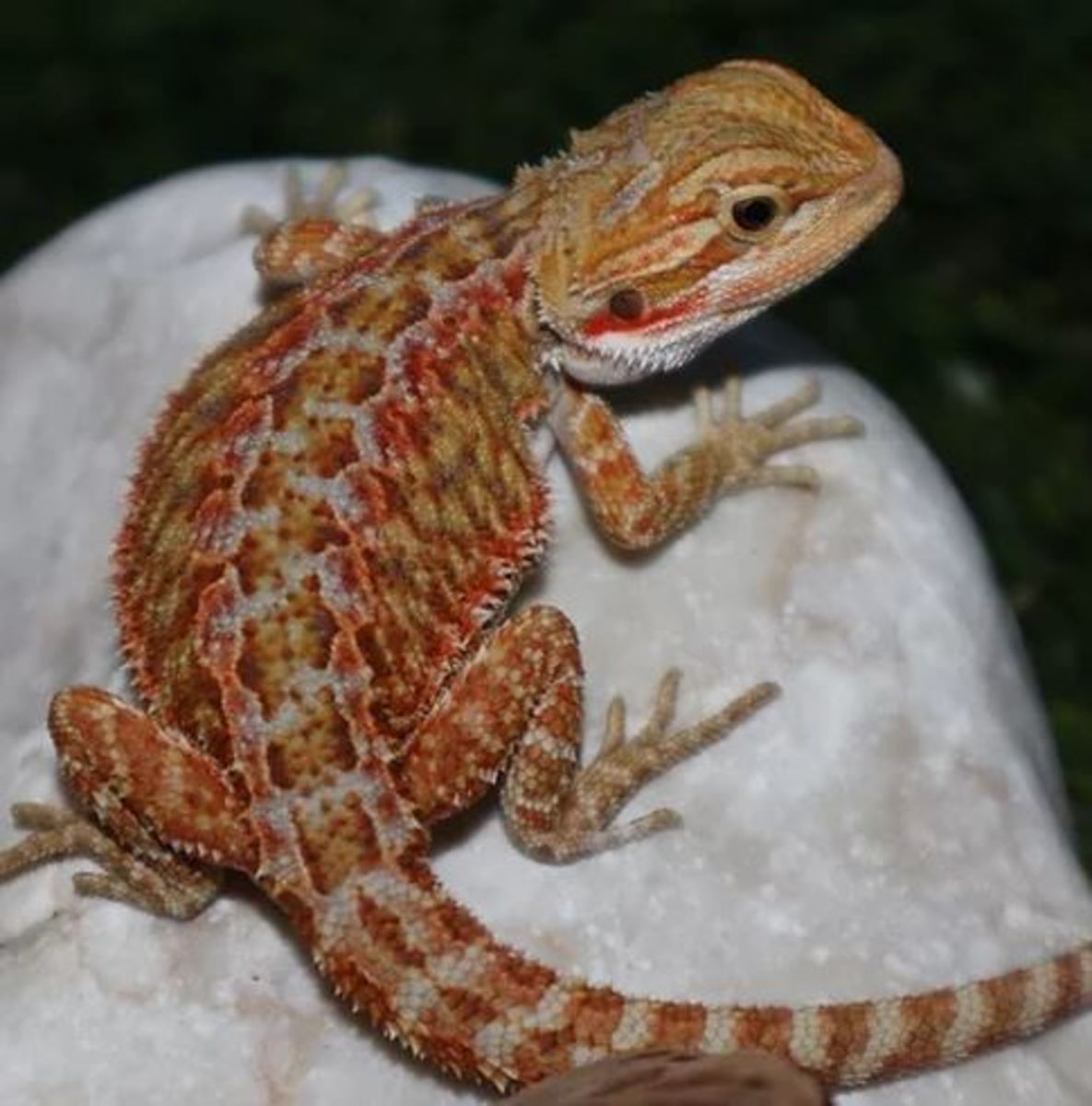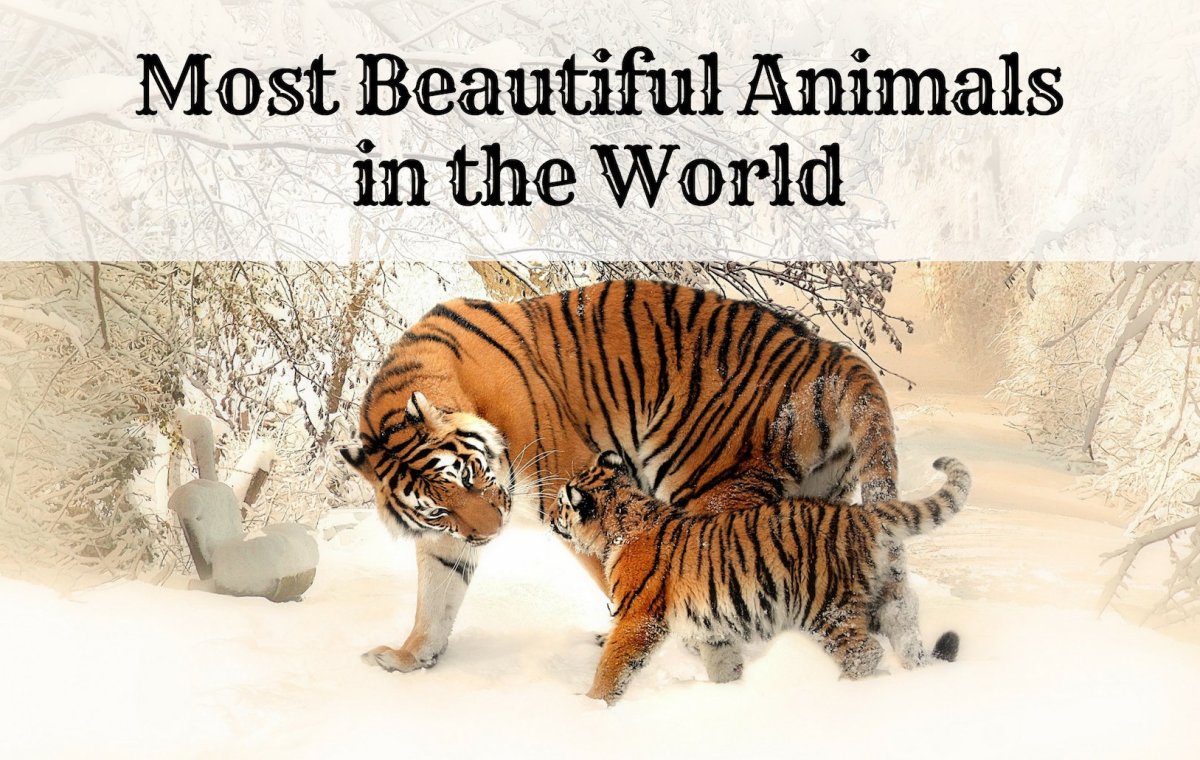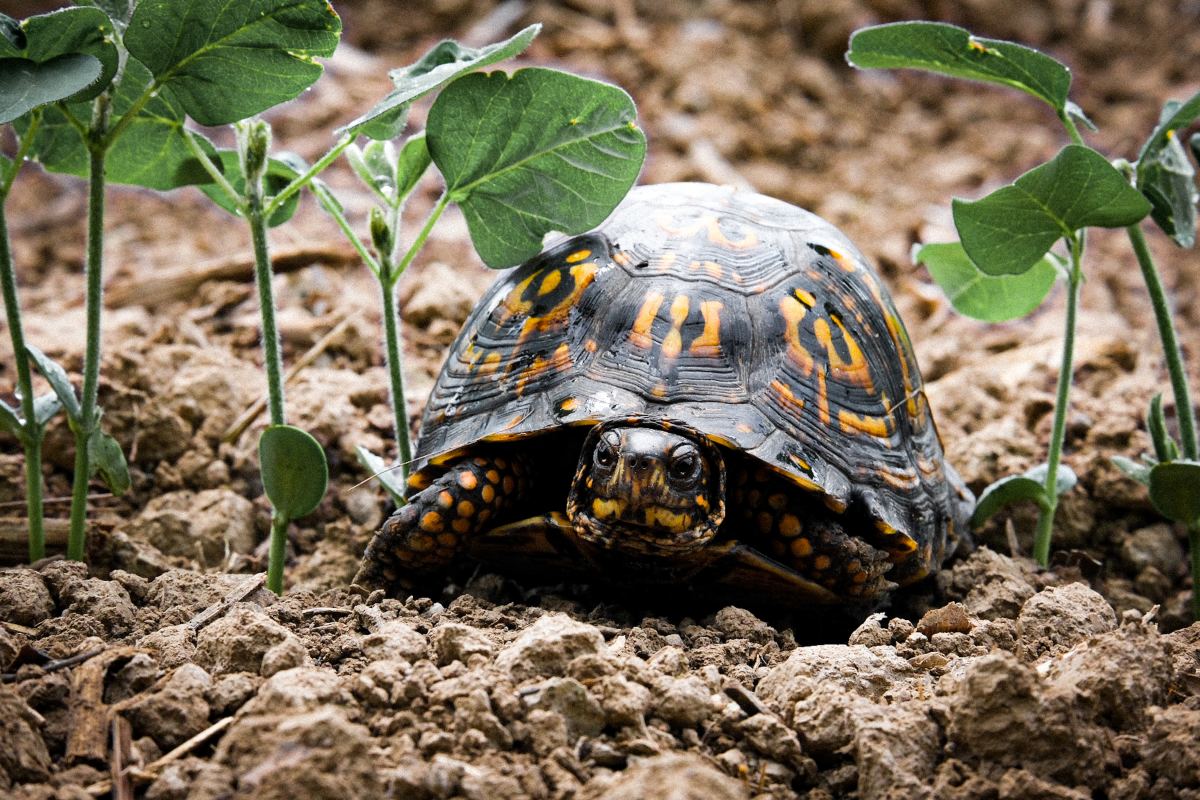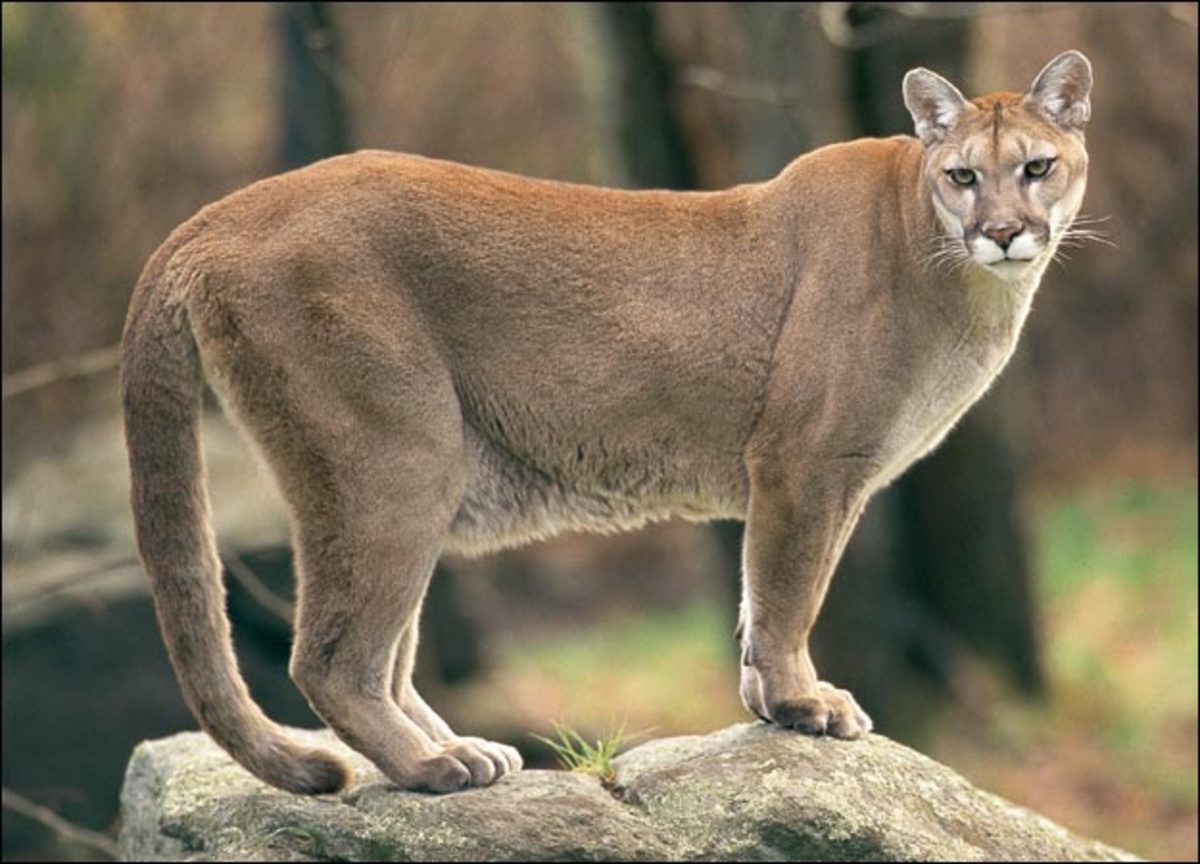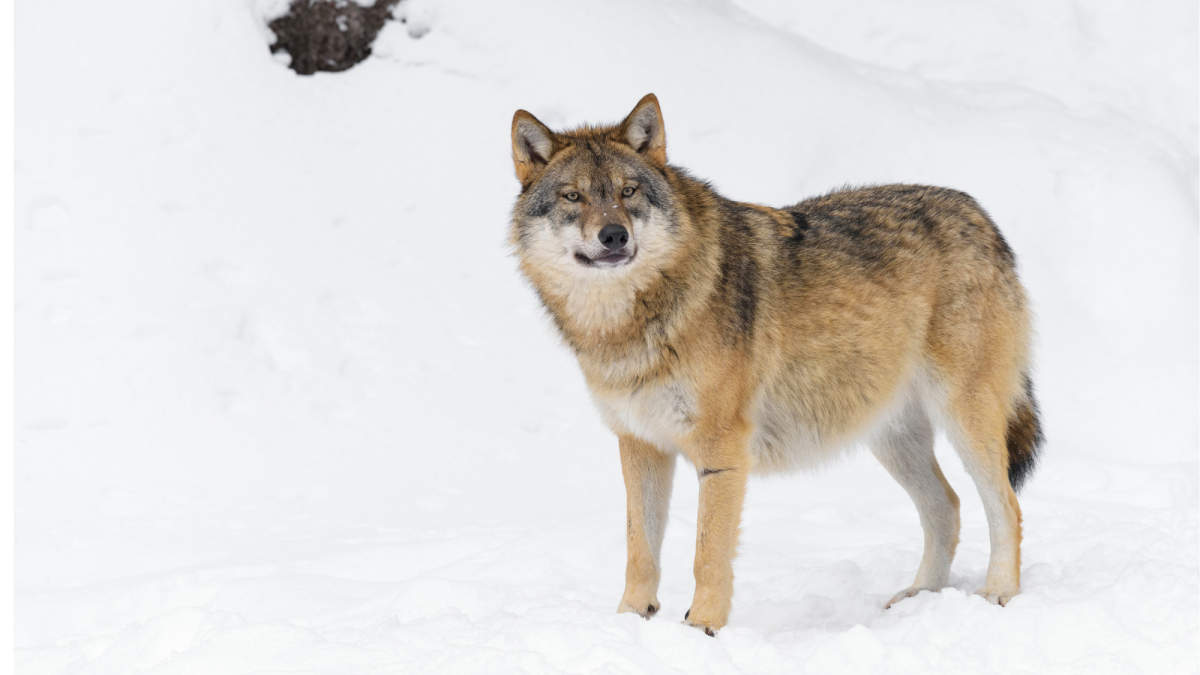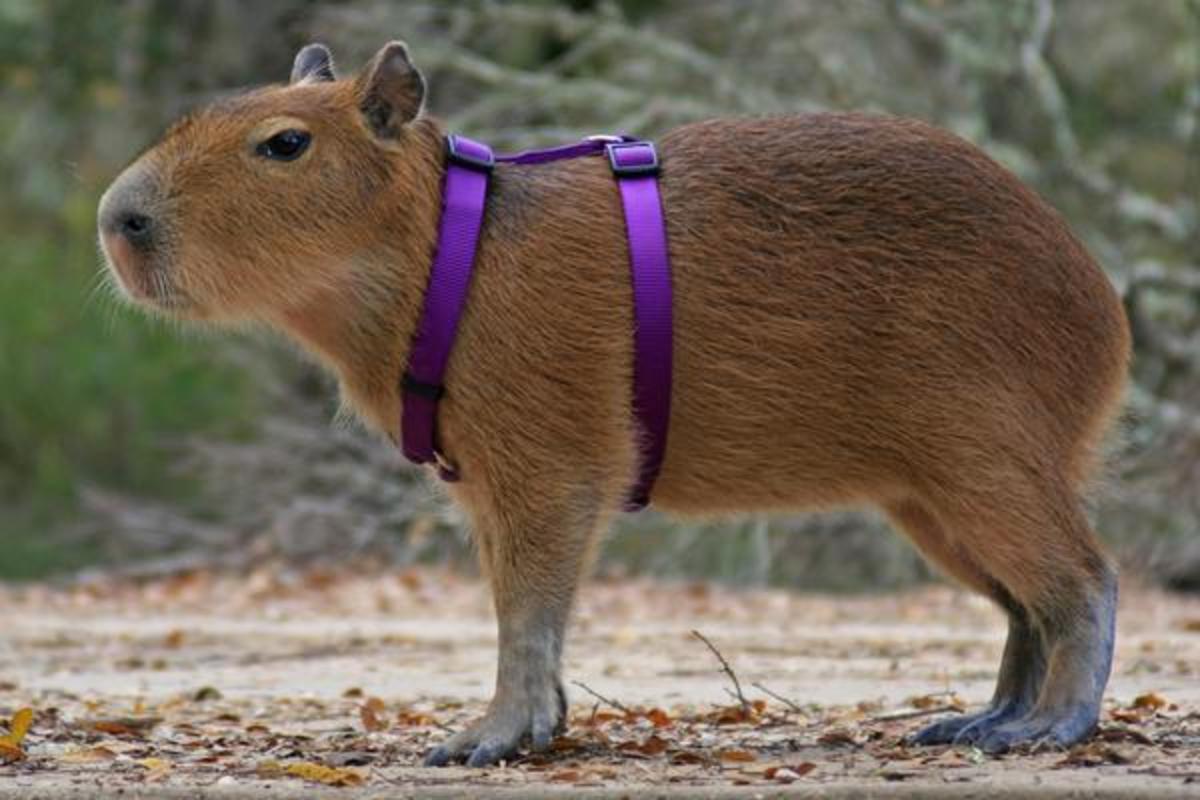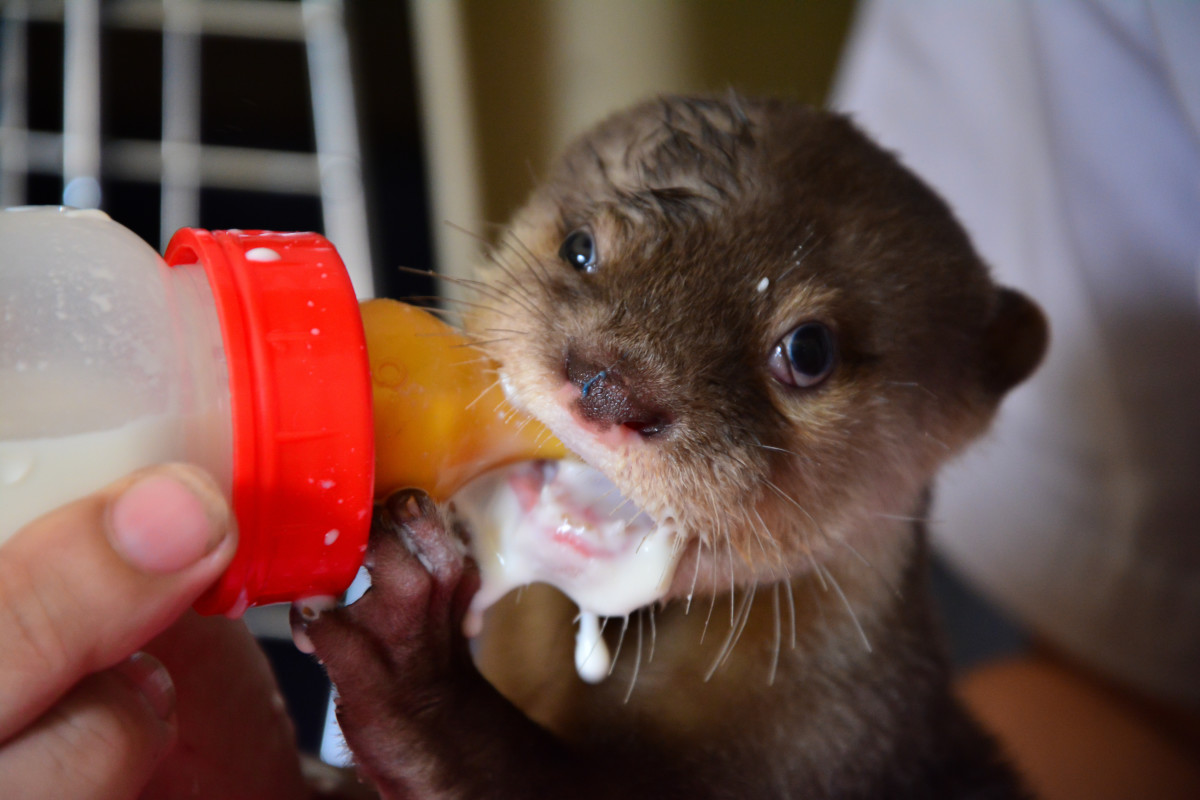Cougar
Scientific Name: Puma concolor
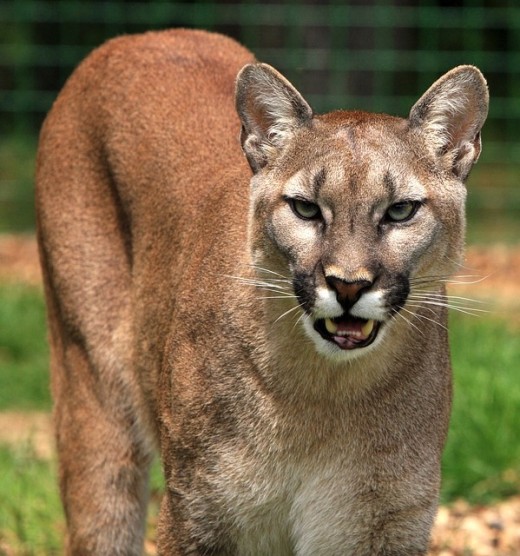
Description
The Cougar fits into the category of the small felines, but it is the second largest in that category. The only one that is bigger is the Jaguar. A Cougar is a well recognized type of animal. The small head on a lean and powerful body is very interesting. They are very long and can stand about 2 ½ feet high. They have a tail that is about 1/3 of the length of the body so they can easily have one that is 3 feet long. You will notice that the tip of their tail is black.
The overall weight of a Cougar can be very different from one location to the next. The average size is from 115 to 145 pounds. However, those that are closer to the poles seem to grow much larger. They can tip the scale with a weight of up to 265 pounds. Due to their fast movements and different sizes they can often be mistakes for dogs or wolves.
More Cougar Facts
- Cougar - Facts and Information
The Cougar is a member of the feline family and they go by many different names. In some areas they are referred to as Mountain Lions.
Anatomy
Everything about the body of the Cougar tells you that they are strong and that they can endure. They are extremely fast with a speed of up to 40 miles per hour for short distances. They can leap up to 16 feet forward and 45 feet high. That means they would be able to clear a school bus lengthwise without any problem! They have a great deal of power in the legs and across the shoulders.
Even though they have a small head, the Cougar features jaws that are very powerful. They have pointed canine teeth that allow them to easily pierce their prey. The strength in their bodies and jaws makes it possible for them to drag prey up to 1,000 feet in order to find a place to hide it from other predators.
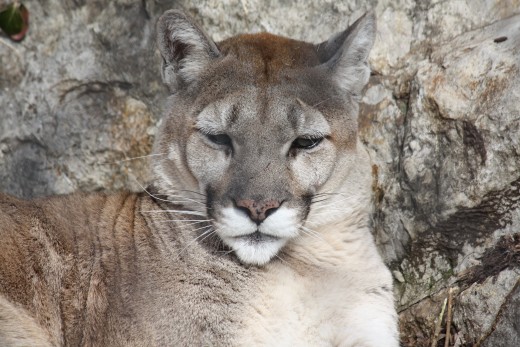
Interesting Links
- Animal Diversity
Interesting information about animal diversity - Interesting Animal Facts - The Portal of Animal Diversity
Interesting Animal Facts - The Portal of Animal Diversity. Visual index of animals. Dolphins, Whales, Penguins, Sharks, Tigers, Elephants, Flamingos, Otters, Killer Whales, Seals, Sea Lions, Sea Turtles, Polar Bears, Walruses, Squids, Manatees, Snail - Wolf Facts and Information
Wolf Facts and Information. Feeding, habitat, distribution, reproduction, anatomy and more. Facts about species like the Gray Wolf, the Arctic Wolf and the Red Wolf. Also the conservation efforts made to preserve wolves
Evolution
The information we have uncovered about the Cougar indicates that they came from Asia about 11 million years ago. From there they branched out in a variety of directions and with many changes to their DNA makeup. This is why there are several subspecies out there today. The Cougar is very closely related to the Leopard which many people find to be surprising.
We don’t have too many fossil remains of the Cougar to give us additional information about the evolution process. What we do have though gives a strong indication that they have always been highly adaptable to changes around them. This is a skill that has continued to serve them very well in the past as well as today.
Behavior
This particular feline likes a life of solitude. In the wild there are times when their home ranges will overlap. When that happens they tend to want to go their own separate ways. Males can be very aggressive to each other when these overlapping areas bring them into contact with each other. All of them are more aggressive when there isn’t enough food to go around. They will fight for territory in an effort to be able to survive. They use various hisses, growls, and purring to communicate. They aren’t able to roar.
The increased reports of Cougar attacks on humans in the last 10 years has some worried that they want to feed on human flesh. However, it has more to do with them protecting their territory than anything else. It also has to do with the fact that humans are now into the habitat of these animals much more than they were in the past.
Cougar Video
Habitat and Distribution
New locations seem to be identified all the time where the Cougar is found living. They are moving into new areas for food and because humans are taking over where they used to live. They can live in a variety of types of habitat as long as their food sources are there. Some of the places they live include swampland areas, the dry plains, in the mountains, and in forest regions. They have pads on the bottom of their feet that make it very easy for them to get around regardless of the type of terrain underneath them.
Interesting Links
- Koala Facts and Information
Koala Facts and Information. Feeding, habitat, distribution, reproduction, anatomy and the conservation efforts made to preserve koalas. - Fox Facts and Information
Fox Facts and Information. Feeding, habitat, distribution, reproduction, anatomy and more. Facts about the Red Fox, Gray Fox, Arctic Fox, Fennec Fox, Kit Fox, Swift Fox among others and the conservation efforts made to preserve foxes.
Diet and Feeding Habits
The Cougar is one of the best hunters out there in the wild and that is part of their success with survival. They can wait patiently for long periods of time for an opportunity to take down prey. They will hide in the brush, on ledges, and behind rocks waiting for the perfect chance. They don’t want to have to chase prey too long so they want until it is very close. They may leap on its back if they are waiting somewhere higher up.
With a need for up to 10 pounds of meat per day they need to be able to find plenty of food. They can consume small prey including birds and rodents. Yet this isn’t going to be enough to sustain them. They need to make a larger kill every couple of days. They can consume bighorn sheep, deer, and elk to name a few of the animals out there that that they survive on.
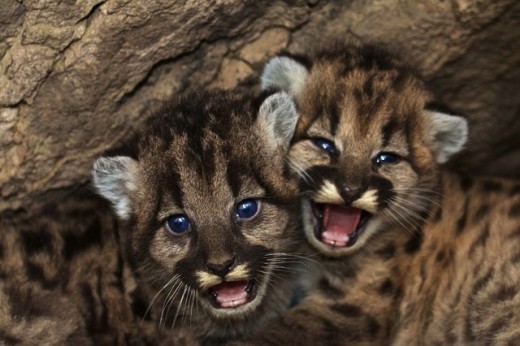
- Natural Disasters - Earth Facts and Information
What is a natural disaster? The natural disasters that really affect people worldwide tend to become more intense as the years go on.
Reproduction
When the females are in estrus they give off a very strong scent that attracts males. They may travel long distances to find the females. This can put them at risk of other males that they will fight with over mating and over territory. A female may mate with many males during her estrus cycle rather than just one. What can often sound like humans screams will be the way that they communicate with each other.
The females will leave from the males as soon as mating has been completed. She will have kittens about three months later. Her litter can be only one or she can have several. Up to six is the most that has been recorded. Smaller litters are more common though. The young are born in a den where they can be well protected from predators and the elements.
The mother Cougar has a very difficult task of attending to her young. She will have to leave them alone in the den frequently so she can go find her own sources of food. When the kittens are about three months old they can venture out of the den and she will bring them meat if she is able to. By the time they are six months of age they need to be able to hunt with her.
In spite of the fact that she does try to protect them at all costs many of the young die before they are able to leave their mother for a life of their own. They will stay with her for about two years and then go in search of their own home range.
Cougar Quick Facts
Predators
With the exception of the young there aren’t too many problems for the Cougar in the wild with predators. The problems that they do experience come from humans that hunt them. Sometimes it is for sport and other times it is to eliminate the threat of them in particular areas.
Even though humans continue to take over the territory of the Cougar they are able to thrive. They are the feline right now that is the least likely to end up extinct due to a loss of habitat. The trade off with that though is that they are now in places where humans don’t want them to be. They can also attack livestock as a means of being able to survive.

